Kaizen is an idea originating from Japanese culture that emphasizes continual improvement. It applies to everyone, from managers to employees, and usually requires minimal resources. The kaizen philosophy stresses the importance of always striving for improvement, whether in our careers, relationships, or home. Improvements don’t necessarily mean to be big shifts and can easily be made in small increments. However, these gradual changes can bring noticeable results in time. It’s a low-risk management style, as it gives managers the freedom to switch back to previous processes without any considerable financial implications.
When used correctly, Total Quality Control (TQC) and other practices, such as quality circles and labor relations become part of Kaizen. In the Japanese industry, it is a term that replaces popular buzzwords such as productivity, TQC (total quality control), ZDs (zero defects), JIT (just-in-time), and the suggestion system. This helps to better explain what has been happening in this sector. Adopting the principles of kaizen can be beneficial for any business. By following the appropriate steps and implementing the processes correctly, companies can utilize them to their advantage.
History of Kaizen
Kaizen first gained prominence in the middle of the Second World War, when businesses had difficulty keeping up with supply demands as a large chunk of the population was serving in the military. To address this challenge, they adopted Kaizen as a strategy to foster innovation and keep up with production needs. The US government implemented the Training Within Industries (TWI) program to increase enterprise. It focused on educating the existing workforce to pay attention to workflows and generate ideas for betterment. The program proved to be beneficial for businesses as they were able to provide reliable equipment to those abroad while maintaining their domestic operations.
Refer to our article 9 ways to choose the right market for your business expansion to learn strategies for expanding your business.
Unfortunately, Japan’s industries were destroyed, and people felt disheartened due to the world war. Kaizen was a concept already familiar to the Japanese prior to the US introducing it. The term denotes good change or improvement, and they were quickly drawn in by the idea of continual development provided by the American program. Kaizen was utilized by businesses with enthusiasm and gained recognition for aiding the remarkable expansion of Japan’s economy in the latter half of the 20th century. It has been particularly credited to Toyota, who utilized it to enhance their production line – famously known as ‘the Toyota Way‘. Since then this practice has been flourishing.
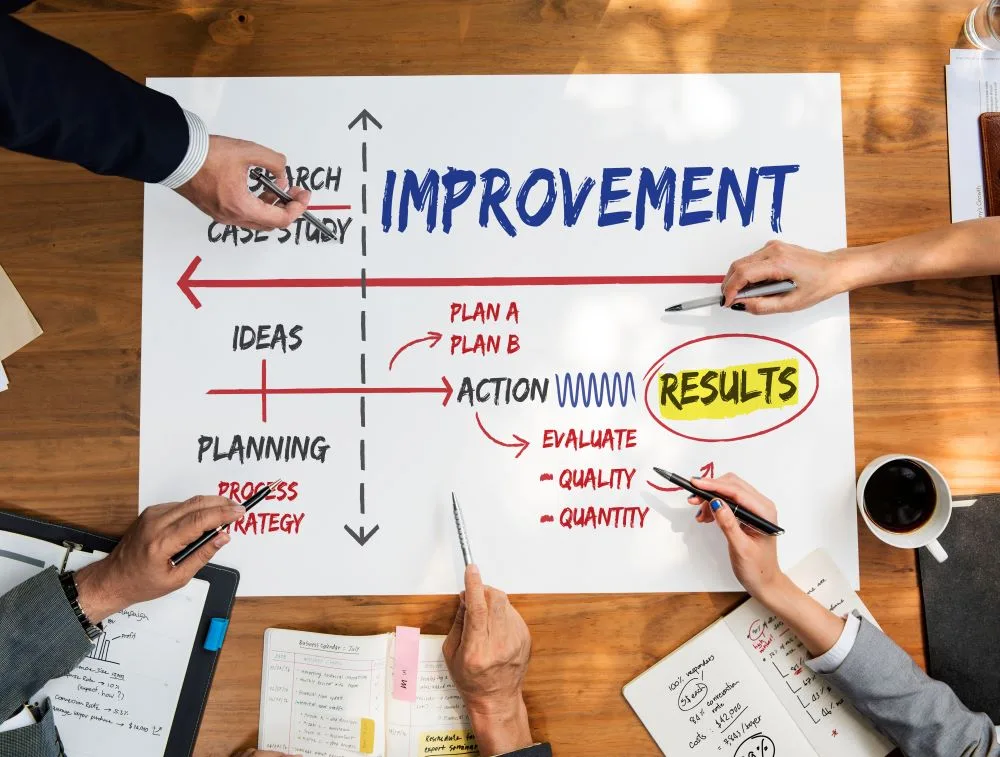
Fundamentals of Kaizen
Managing Kaizen
Kaizen requires both maintenance and improvement activities from the management. Maintenance includes keeping up with the technological, managerial, and operating standards, which can be done through training and discipline. Improvement refers to optimizing the existing standards for better results. Management executes assigned maintenance activities to ensure adherence to standard operating procedures (SOPs). Improvement processes, on the other hand, are directed toward raising the current standards. Japanese management style focuses on promoting standards and constantly striving to make small improvements, which is known as Kaizen.
Innovation requires multiple resources for new technology or equipment, but it results in drastic enhancements. Managers, due to their inclination towards innovation, tend to be too eager and overlook the advantages kaizen can bring in the long run. Kaizen primarily focuses on human endeavors, morale building, communication development, team training, participation of everyone involved, and self-discipline.
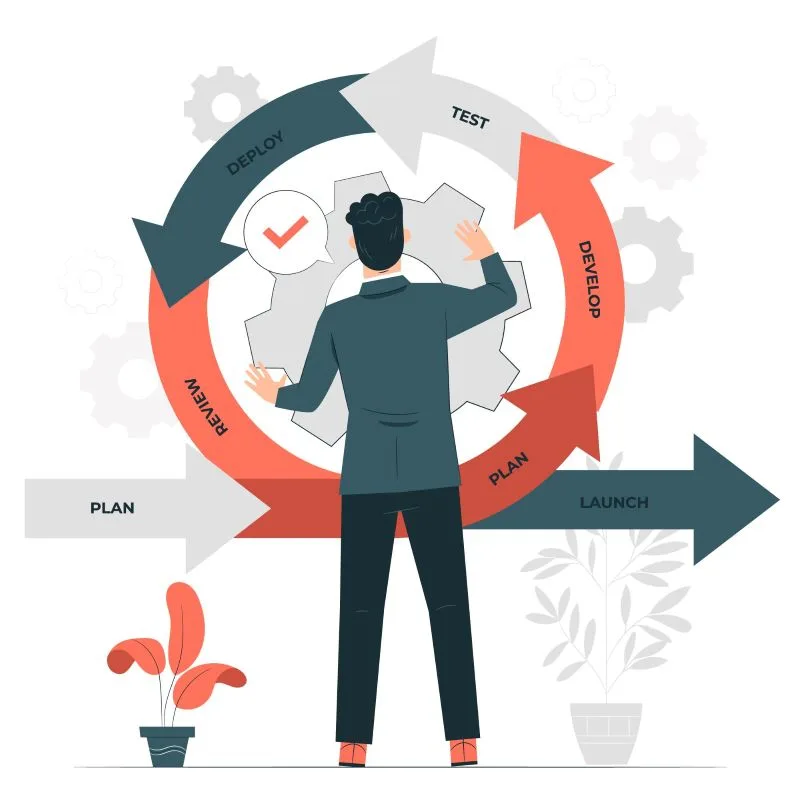
Read our article on the 15 most valuable terms to understand ISO 9001:2015 to know about various terms used in quality control.
Process-oriented approach
Kaizen encourages an analytical approach to evaluating processes to achieve desired results. If the expected results are not achieved, it is likely due to a fault in the process and should be addressed by management. Kaizen focuses on the efforts of human beings in its approach, which is a clear contrast to results-oriented thinking. This is ensured by implementing various Kaizen strategies such as total quality management (TQM), quality, cost, and delivery (QCD), plan-do-check-act (PDCA) cycle, just-in-time (JIT), and total productive maintenance (TPM). Top management should show commitment toward Kaizen to ensure its success.
Read more, 8 practical Kaizen ideas to implement in a company.
PDCA and SDCA cycle
The Kaizen process starts by setting up the PDCA cycle that helps to keep up with continuous improvement efforts. A plan is put in place that sets out goals for improvement and outlines actions that must be taken to reach them. Do refer to the execution of the plan, Check is all about assessing whether things have gone as expected and improvements have been made, while Act involves executing and codifying the new procedures to stop similar issues from happening again. The PDCA loop is an ongoing process; when one improvement is made, it immediately becomes the target of the next one. As employees lack the motivation to make improvements, managers must set continually ambitious goals to begin this cycle.
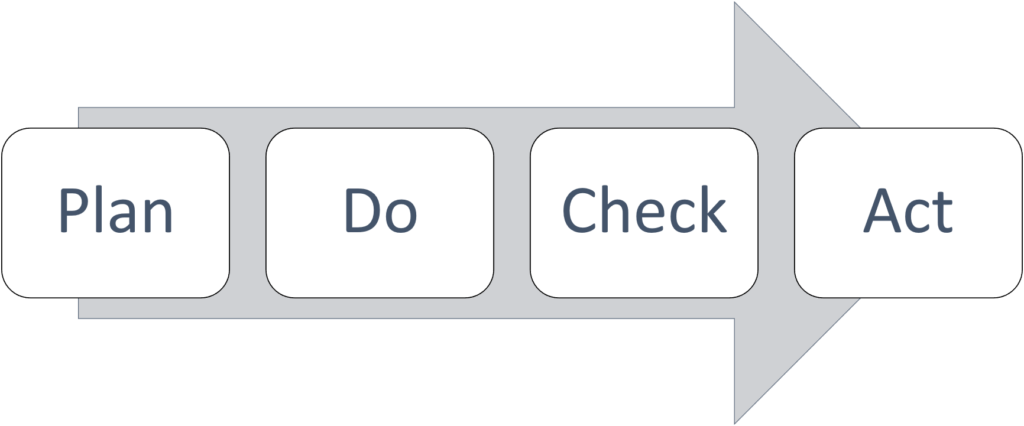
To ensure a successful transition to the PDCA model, any existing processes must first be established and stabilized through the SDCA cycle. Initially, any new work process will be unsure and prone to instability. Whenever something goes wrong, we should ask ourselves three central questions: Did this happen due to lack of a standard? Did we not abide by an existing regulation? Or was the current standard inadequate? SDCA stabilizes the current process, and PDCA improves it.
Quality
Quality should come first as it’s the crucial element among quality, cost, and delivery. If the service or product quality is poor, the company will not be able to compete even if it offers good delivery and cost terms to the customer. Managers should focus on providing the highest quality and should not fall prey to compromise temptations.
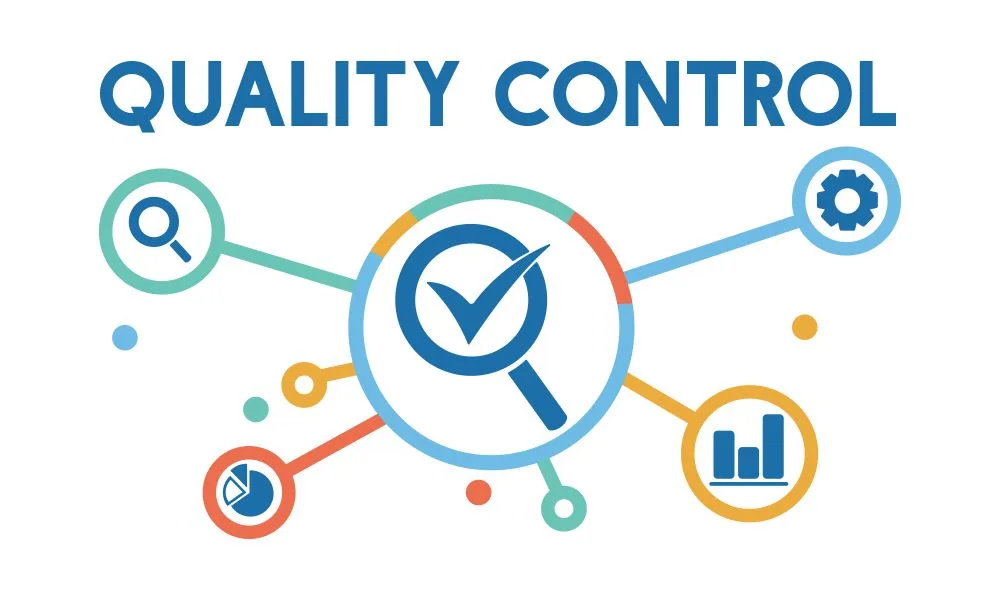
Data
Kaizen is a problem-solving tool. Problem recognition needs accurate gathering and analysis of data. Improvement can be initiated by accumulating data/information on the current status and determining the focal point for improvement.
Customer
Every task goes through a succession of steps. At each step, there is a provider and receiver of the goods or data. Process A (supplier) supplies materials or info that gets improved and then forwarded to process B (customer). Ultimately, it is vital to think of each subsequent process as an important customer. Companies often have both internal and external customers. The concept of the next process is the customer suggests that the primary focus should be confirming that both types of customers are satisfied.
Most employees work with internal customers, but understanding how to cater to both is important for organizational success. This understanding should result in a pledge to never transmit faulty components or inaccurate data to the next stage. When all members of an organization practice this assumption, the external customers in the market receive a high-quality item or service as a consequence.
The foremost aim of Kaizen
To successfully carry out a Kaizen approach, we need to identify which business activities require improvement. Generally speaking, these are quality, cost, and delivery (QCD). Quality encompasses the quality of finished goods and services and the processes involved in designing, manufacturing, marketing, and providing customer support for those products/services. Additionally, the cost looks at the overall expenses associated with these activities.
QCD activities integrate multiple functions and departments like R&D, engineering, production, sales, and after-sales service to ensure that the specified quantity of products is delivered on time. This is the key to customer satisfaction and has proven its value through the years. Recognizing the importance of QCD, cross-functional collaborations within the company as well as with suppliers and dealers are essential. It is up to the top management to assess the current state of their QCD in the market and create a plan on how it can be further enhanced.
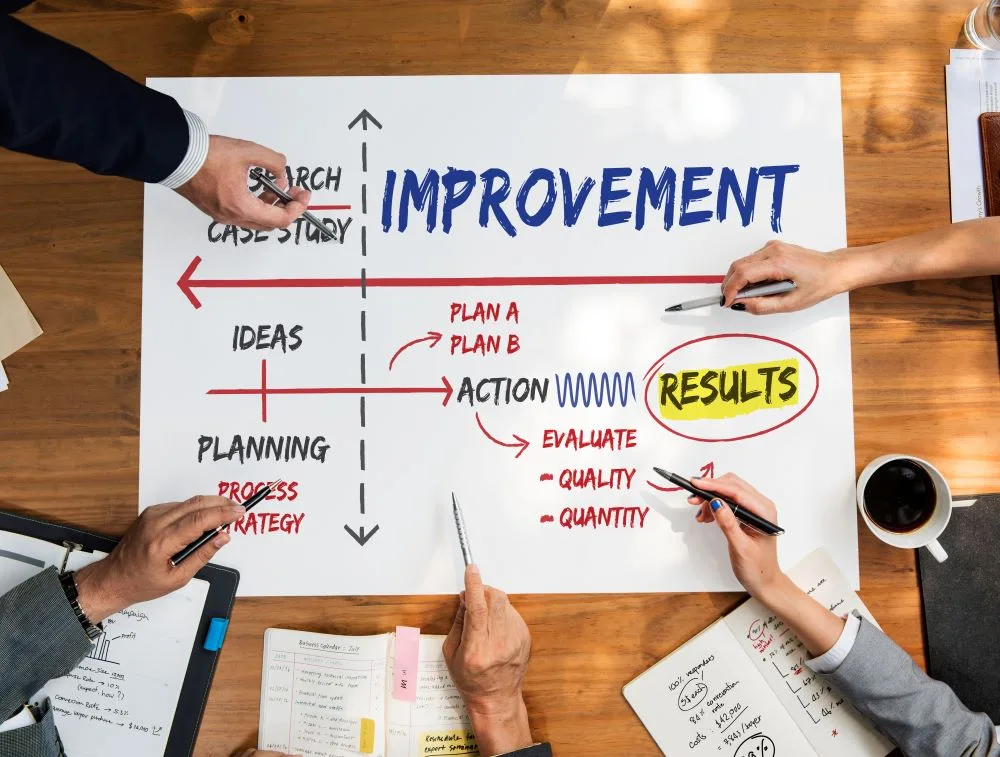
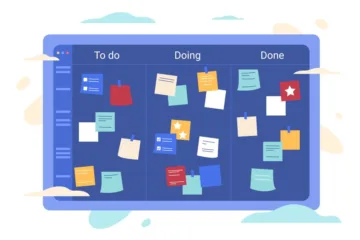
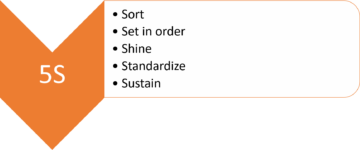
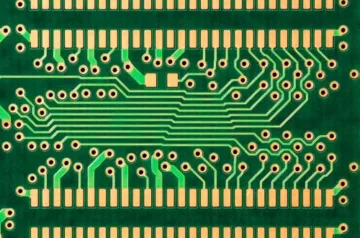
[…] Kaizen is a continuous improvement. Its objective is to gather ideas for process improvement within a function, department, or company. The group of people or even an individual brainstorms the concept, suggests a roadmap to follow, and constantly tries to improvise it for further development. […]
[…] on the 4 Best Strategies to implement Lean Manufacturing to learn various tools like Kanban, 5S, Kaizen, […]
[…] products can be produced by using various quality tools like Kanban, Kaizen, 5S, […]